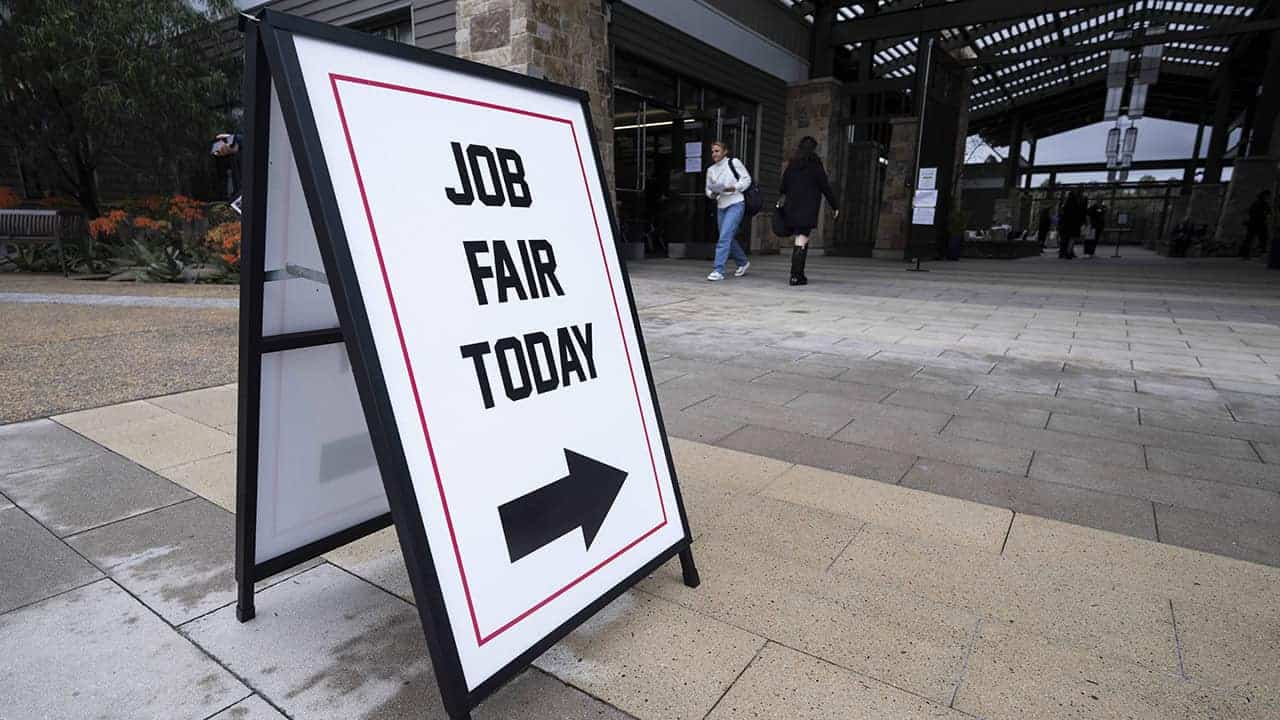The May jobs report is expected to show further signs of cooling in the labor market.
The monthly report from the Bureau of Labor Statistics, slated for release at 8:30 a.m. ET on Friday, is expected to show nonfarm payrolls rose by 185,000 in May while the unemployment rate remained flat at 3.9% from the previous month, according to consensus estimates compiled by Bloomberg. In April, the US economy added 175,000 jobs, while the unemployment rate unexpectedly rose to 3.9%.
Here are the key numbers Wall Street will be looking at compared to the previous month, according to data from Bloomberg:
- Nonfarm payrolls: +185,000 vs. +175,000 previously
- Unemployment rate: 3.9% vs. 3.9% previously
- Average hourly earnings, month over month: +0.3% vs. +0.2% previously
- Average hourly earnings, year over year: +3.9% vs. +3.9% previously
- Average weekly hours worked: 34.3 vs. 34.3 previously
The report comes as the stock market has hit record highs amid a slew of softer-than-expected economic data, which increased investor confidence that the Federal Reserve could cut interest rates as of September. Entering Friday’s print, markets are pricing in a 67% chance the Fed cuts rates in September, up from a roughly 50% chance seen a week ago, per the CME FedWatch Tool.
Read more: What the Fed rate decision means for bank accounts, CDs, loans, and credit cards
The key question in Friday’s report and throughout the rest of 2024 will be whether slowing monthly job growth is merely a sign of normalization in the labor market or the early signs of a broader economic slowdown. For now, economists believe Friday’s print will support the former.
“The May payrolls print is likely to show a healthy but better-balanced labor market,” Bank of America US economist Michael Gapen wrote in a research note previewing the release. “Also, the report will likely provide evidence that the ‘catch-up’ effect in hiring is fading. Whether the Fed can ease policy this year will depend on its confidence on inflation.”
Broadly, other data out this week has reflected a still-resilient labor market that’s showing further signs of normalizing to pre-pandemic levels. The latest Job Openings and Labor Turnover Survey (JOLTS), released Tuesday, showed job openings fell in April to their lowest level since February 2021.
Notably, the ratio between the number of job openings and unemployed people returned to 1.2 in May, which is in line with pre-pandemic levels.
Wage data will once again be a closely tracked part of Friday’s release, as consistently high wage growth could contribute to sticky inflation. In April, year-over-year wage growth fell below 4% for the first time in nearly three years.
Economists expect that wage growth picked up slightly on a monthly basis in May, rising 0.3% compared to April’s 0.2% increase. Expectations are for year-over-year wage growth to remain flat at 3.9%.
“A gradual slowing in trend job growth and a deceleration in nominal wage growth is what the Fed is aiming for,” Oxford Economics chief US economist Ryan Sweet wrote in a note to clients.

